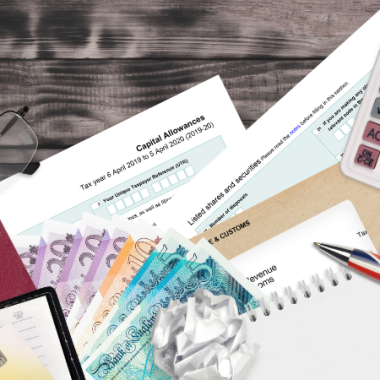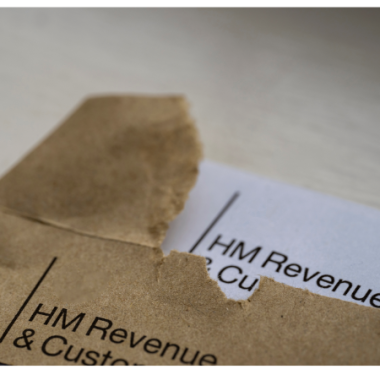One of the trials of any small business is making sure your customers pay for your goods or services. If the normal practice in your type of business is that they pay before they get delivery, that makes life much easier…if they don’t pay, you don’t send the goods!
But in many types of business it is traditional to invoice after providing the goods or service. Where that’s the case, it can be tricky to “step out of line” and be the only one asking for payment up front. However, if in your business you will be invoicing afterwards, it’s wise to have clear terms before setting up the contract – for example “payment on presentation, within 7 days, 14 days etc”.
The Federation of Small Businesses has had an ongoing campaign for the last few years about late payment. Research carried out with their members in late 2021 showed that during the pandemic, the rate of late payment increased and this forced many small businesses to go under, as they were paying out for staffing costs, materials, energy etc, but not getting money in.
A key issue to consider is having a clear system of credit control. How do you know when customers have paid? You can use one of the accounting software packages that can track payments automatically from your bank account, and even send reminder letters to the client when a debt is still unpaid. This is by far the simplest way, but of course you still have to take action. There’s no point in knowing that a client hasn’t paid unless you do something about it!
A few years ago we discovered a fairly simple way of encouraging prompt payment. When we accepted a French translation assignment we made it clear that payment would be due within 14 days of delivery of the translation. For very small jobs of just a few words we adopted a “minimum fee” which had to be paid up front before delivering the translation. This made life a lot easier, as I no longer had to waste time chasing payments for £30!
But probably the most useful tactic in dealing with this issue for us has been including this little phrase in writing on all invoices:
“Payment is due within 14 days. After 28 days, we reserve the right to charge interest of 8.5% in line with the Late Payment of Commercial Debts (Interest) Act”.
Nobody wants to pay extra in these hard times. So if you haven’t been paid to your specified timescale, email the client the invoice again with “Reminder” in the subject line. If that doesn’t work, when it gets to the end of your payment deadline, send an email saying something like this:
“Oh dear! It looks like payment of our invoice is now overdue. We wouldn’t want to have to send you, our valued client, a revised invoice with an extra 8.5% added on. Please pay as soon as possible”.
We have found that almost always this results in payment arriving within a day or two. (With one who owed us a lot of money, it didn’t …but that was a whole other story…)
Here’s another idea. A close family member supplies staff to a much bigger business but (as is often the case with bigger businesses), their payment practices exploited smaller ones – they often took months to pay. So she changed her charging policy, giving them plenty of notice, to a dual charge system. On her invoices she makes it very clear that there was a “prompt payment discount”. This meant that the fees owed were lower if payment was made within 14 days, but the full rate would be charged after that. Staff in the accounts department certainly don’t want to explain to their financial boss why they are having to pay more, so this has worked well.
The main thing to remember is that if you supply goods or services, you are entitled to be paid. Just be clear up front about you expectations and firm in chasing up payment. Be assertive!
About the Author







